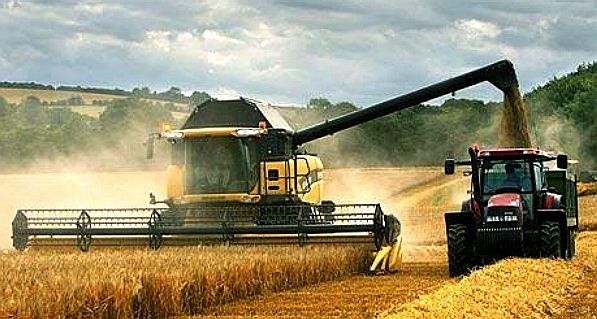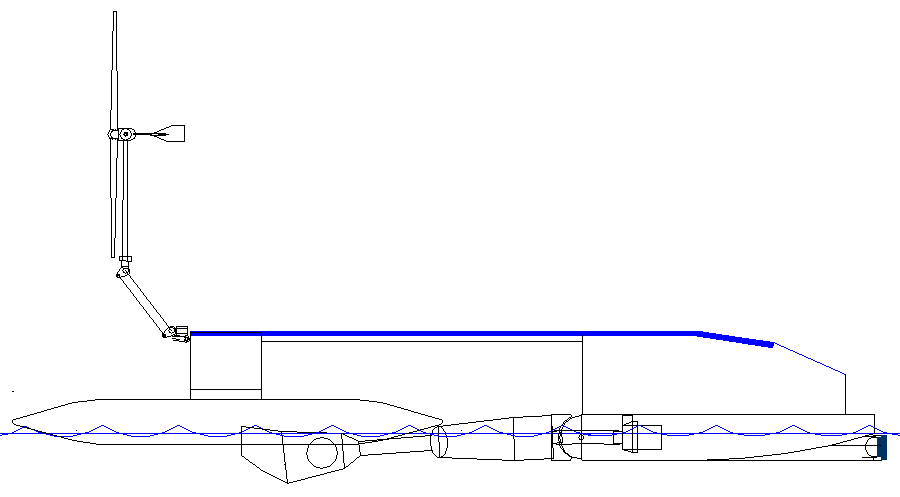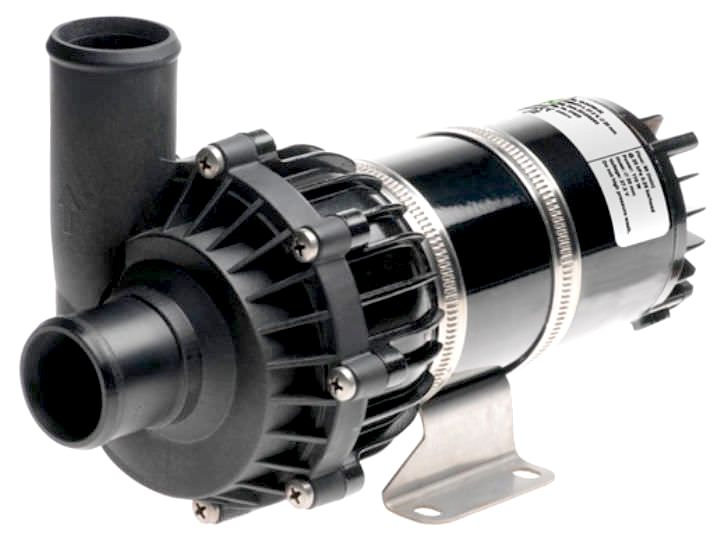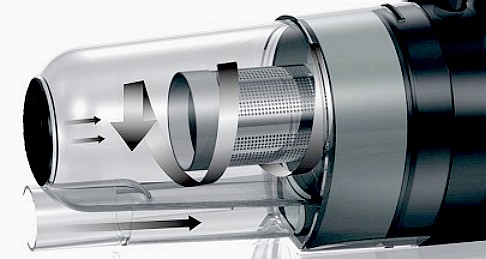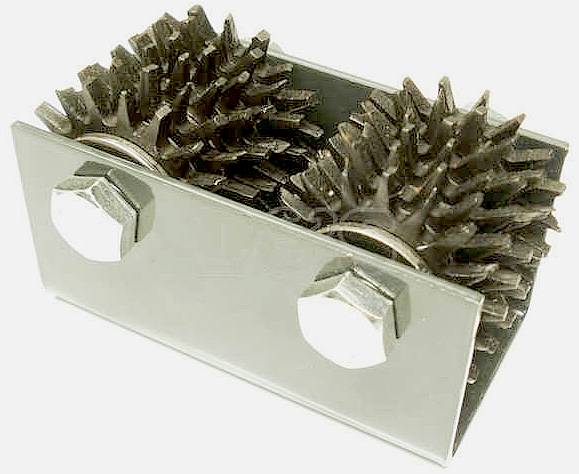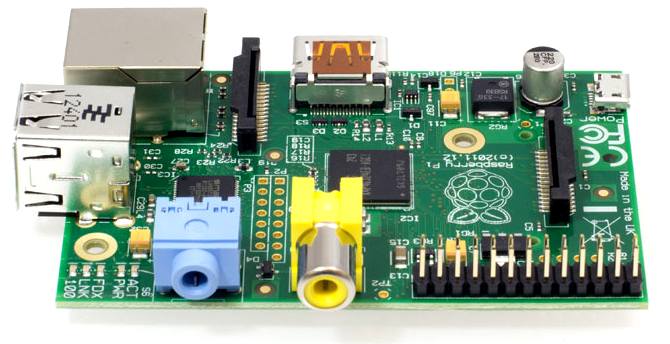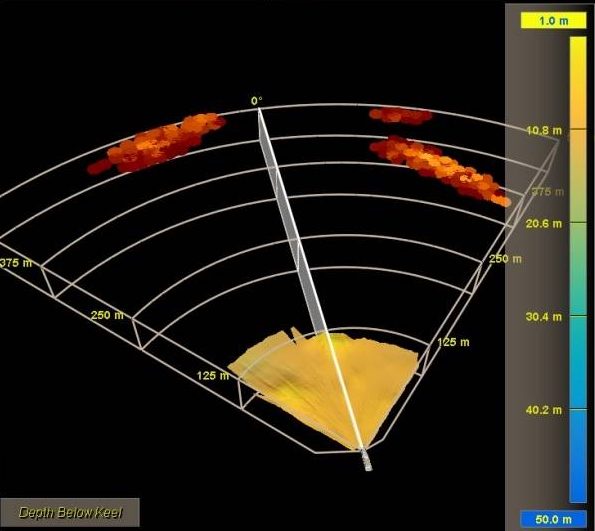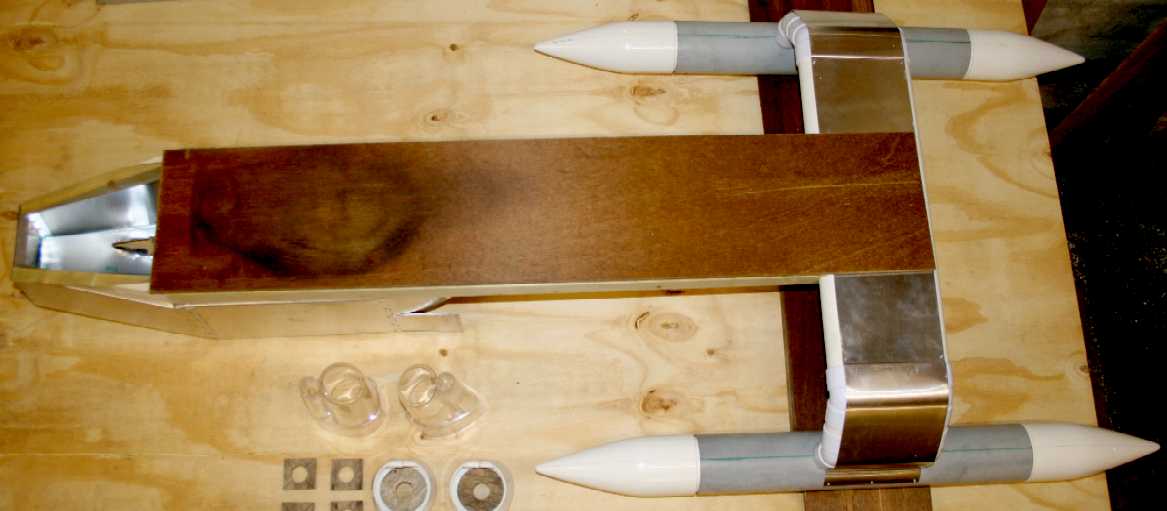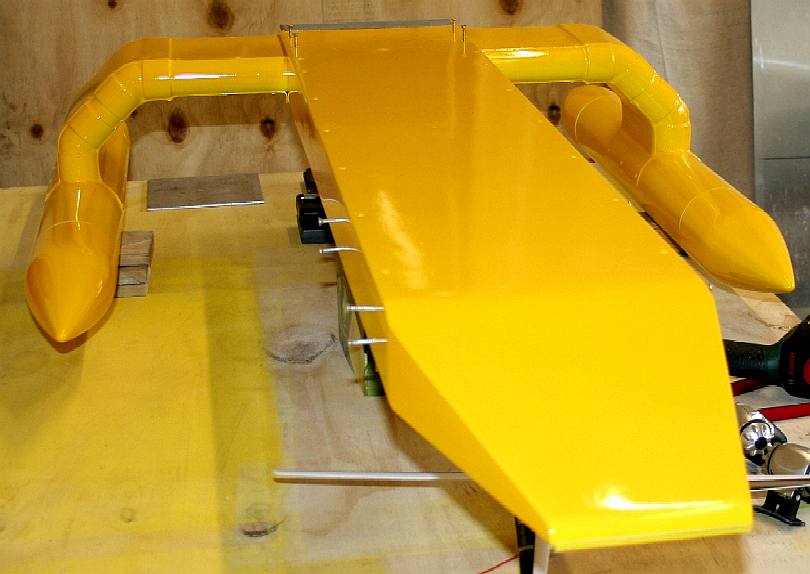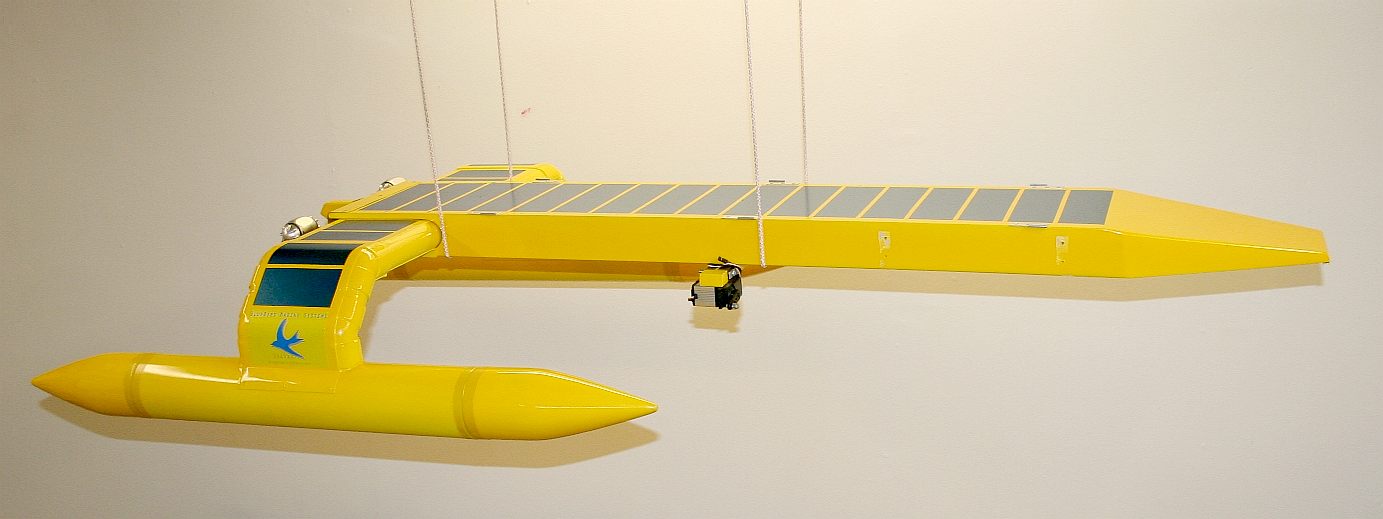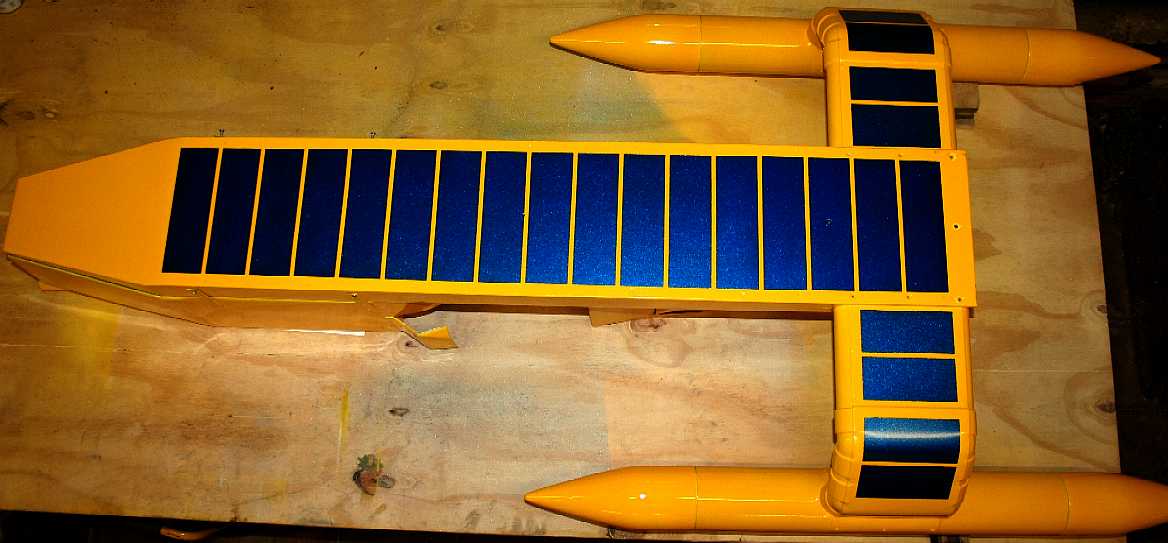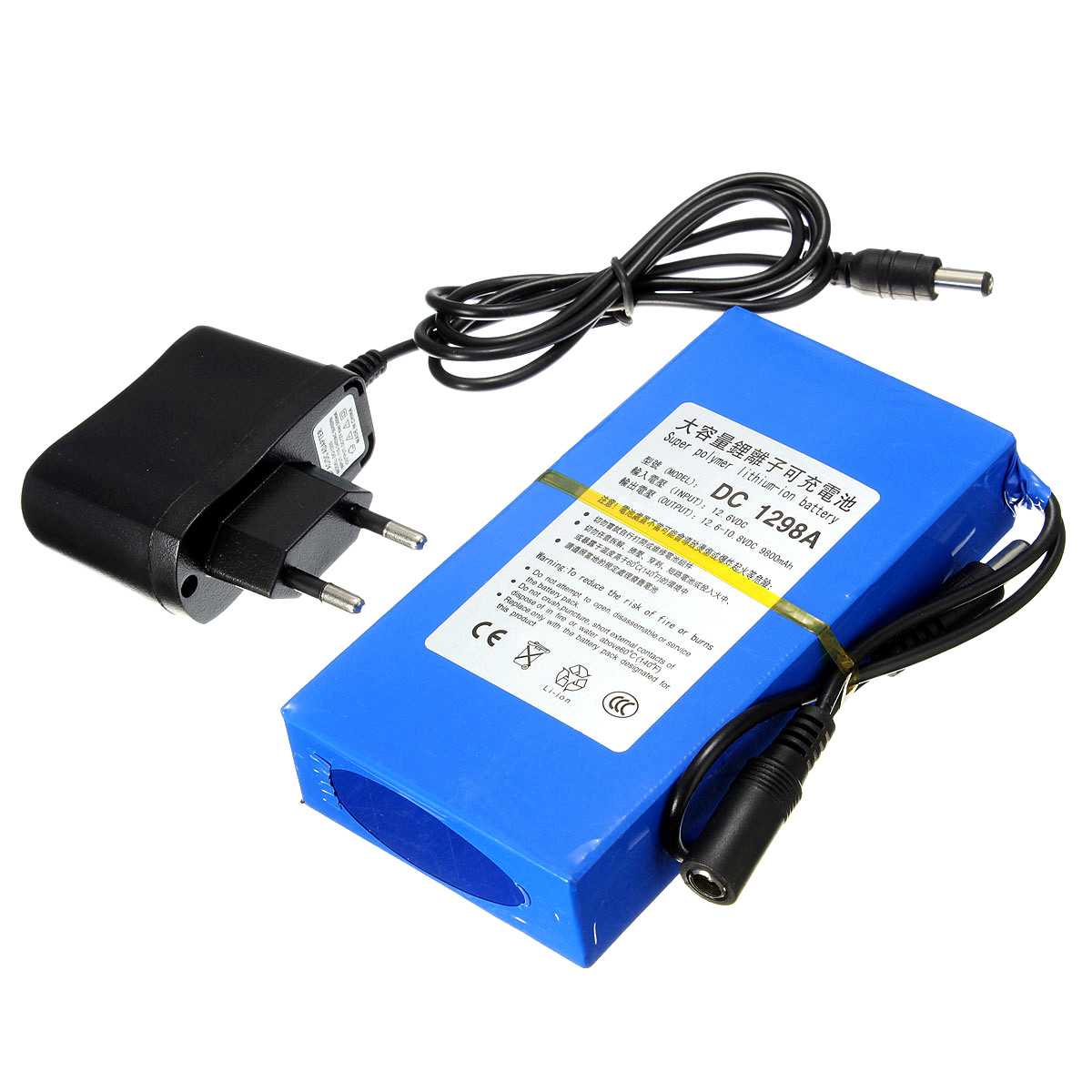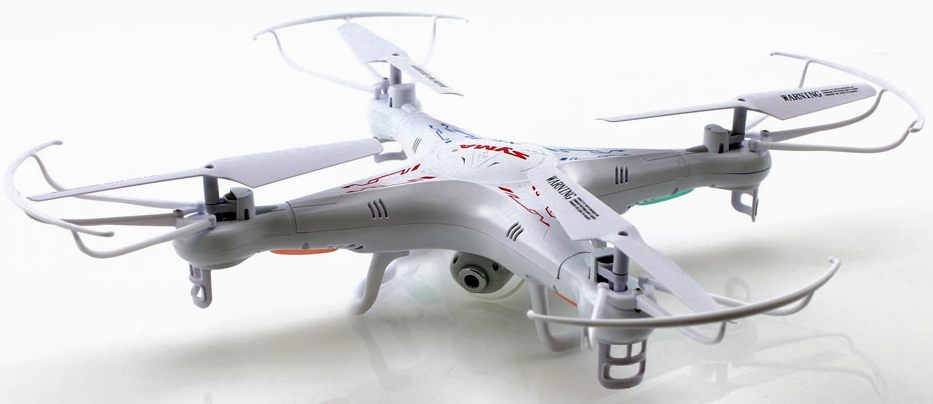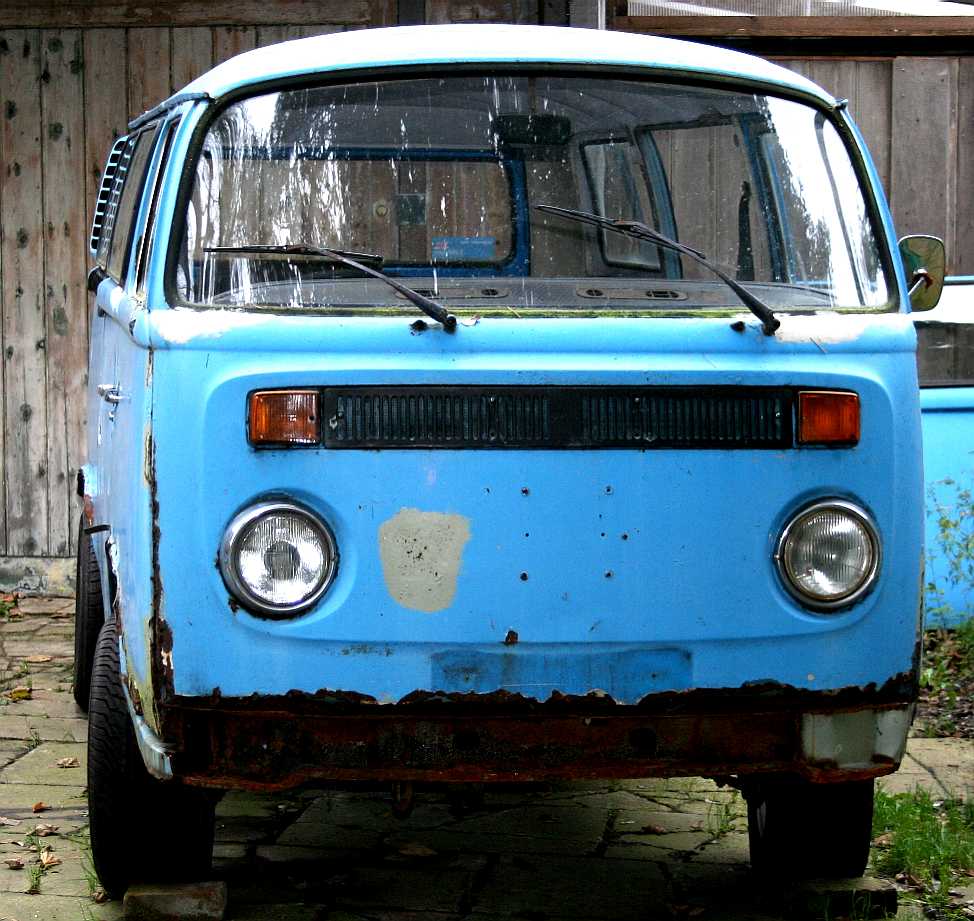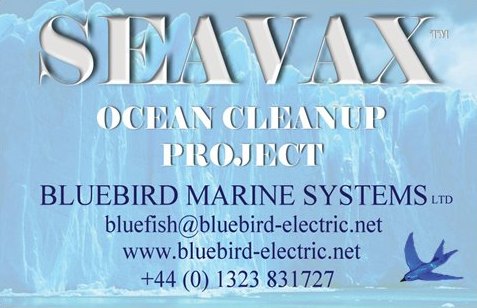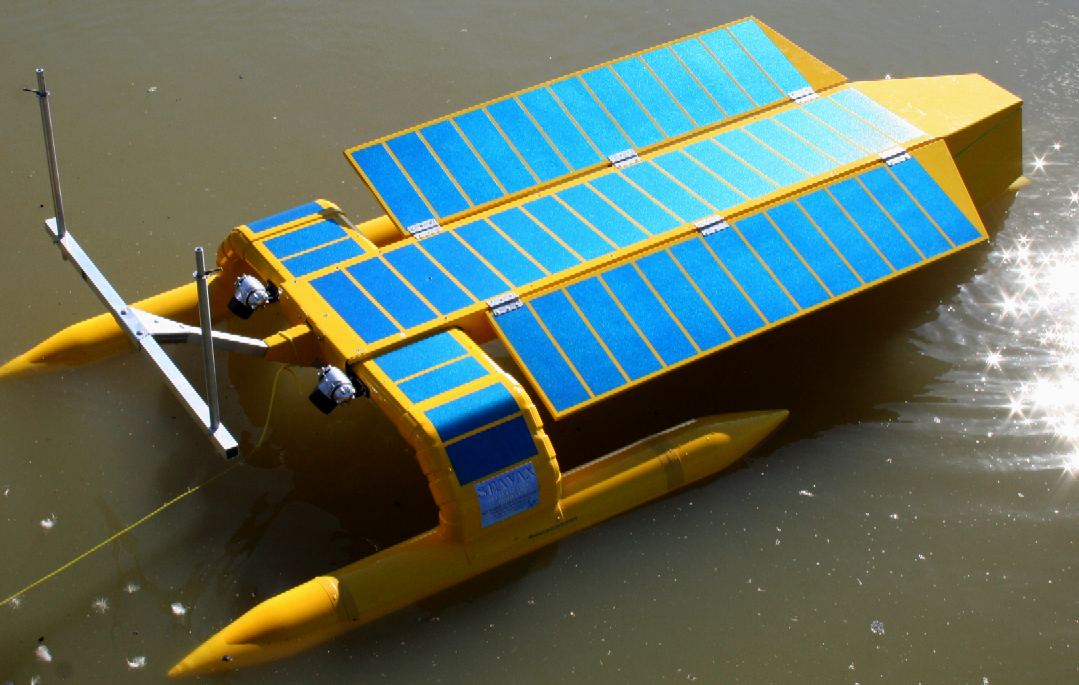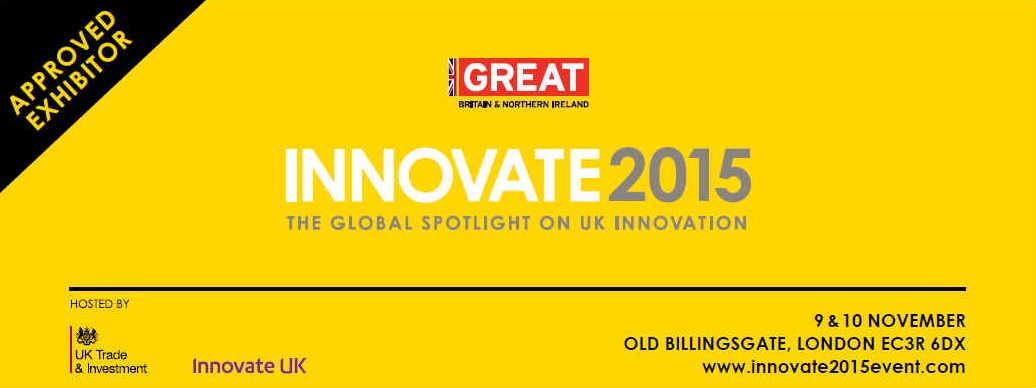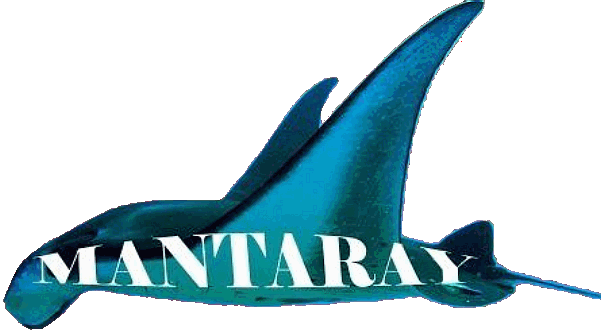|
SEAVAX - 1/20th SCALE DEVELOPMENT TEST-BED MODEL BOAT
|
|||||||||||||||||||||||||||||||||||||||||||||||||||||||||||||||||||||||||||||||||||||||||||||||||||||||||||||||||||
|
SEAVAX: It's only 1/20th scale at the moment, but this little beauty is paving the way for cleaner rivers and oceans. In 2016 we putting the machine into our very own test tank. Why? To be sure that she can handle whatever we throw at her - and a bit more. We can also use this facility to find out more about our giant vacuum collection head. We'll be able to see more clearly, when the unit is working at peak efficiency - and so will you in 2017 - because of the wonders of Youtube.
OCEAN ENTERPRISE 1 JANUARY 2015 START - WHIRLWIND FEASIBILITY STUDY
The Ocean Enterprise MK1, is a 1:20 scale fully functional model of a proposed autonomous, solar powered (small) ship that is designed to vacuum up plastic from the sea. Plastic is one of the causes of fish stock decline along with climate change and over fishing. We are over fishing because the world needs more fish to feed itself. Food security is one of our priorities and SeaVax is a means to help the world achieve blue growth.
Anything we can build small, we can scale up - much more easily. That is why we have built this boat, to show you what we can do and how quickly we can do it with the right backing. Thank you all for helping us by contributing to the Avaaz fund raiser in March of 2016. 50,000 of you gave generously, and those contributions allowed us to complete some of our model testing in 2016 and move part way to full size construction. We will though need a bit more backing for that to happen and have moved as far as we can go on the Avaaz booster - we are moving quicker now and speed of development means we need reliable funding at the same rate as we need to be able to purchase materials, etc. Don't forget, we are a virtual not-for-profit company, trying to show what is possible if you give it a go.
HIGH WINDS - Still working in 1/20th scale to test the model hull and turbines in simulated storm conditions, but this tank can be used to develop quite a bit of the machinery for the full scale prototype. March 6 2018.
WHAT CAUSED US TO EMBARK ON THIS VENTURE?
An easy experiment was simply assembling a pump and connecting it to a cyclonic chamber. This simple rig worked so well, sucking up plastic waste and separating it, and that, coupled with some research on current hydro-cyclonic plant, was enough to persuade us to construct this feasibility rig from the AutoCad drawings below.
For those of you unfamiliar with the design process, all ships begin with a drawing, usually a pencil concept sketch and a few basic displacement calculations. Indeed, in our workshops the most important tool is a sharp pencil. These days metals are precision cut with lasers or water jets - so no more pencils or saws - and now we have plastic printing from SolidWorks! Where will it all lead. We prefer to get our hands dirty for now.
COMBINED HARVESTING - Quite often the solution to a problem is a combination of ideas and technology, where on its own, a single component of the puzzle would not work. Harvesting grain for food still requires two vehicles and two drivers. The combine harvester sorts the wheat from the chafe, the tractor collects the grain and transports it so that the combo can keep on working. This is very much like the process that we are developing with our project partners to be able to tackle pollution in the vast oceans and make headway. Just as importantly, having harvested the plastic waste, we want to make sure that it is re-used responsibly, and not returned to the oceans.
EVOLUTION - The above is a proposed ocean going combine harvester based on a trimaran test rig at second draft stage using AutoCad, and utilizing the below off-the-shelf components just to get a feel for the concept. This is in no way a complete solution, but then we have to start somewhere. What we learn from these small scale experiments, will help us to formulate a dual-purpose, ocean capable cruiser, to clean up the English Channel and local harbours, with a view to cleaning up the marine environment and improving the quality of beaches and locally caught fish on a global scale. Full size, this autonomous vessel could harvest up to 150 tons of plastic, before it has to offload. There is an existing market for recycled plastic. That's good, because building the world's largest solar powered robot vacuum cleaner is not going to be easy. Where the UN say that there is 270,000 tons in our oceans, and that sounds a lot, but for commercial recyclers, it's not enough to get excited about. There is another report from February 2015 (University of California) that puts the figure more realistically between 4 and 12 million tons.
TECHNOLOGY - ESSENTIAL COMPONENT PARTS
ABOUT US
Bluebird Marine Systems is a practical think-tank where ideas are not just theoretical. We prefer to test out our concepts. Thus, we are building this small scale robotic development model based on relatively economical off-the-shelf parts in true Heath Robinson and Sir Christopher Cockerell fashion. In academic circles this process is called a feasibility study. We call it getting our hands dirty.
This feasibility study will not feature the many refined facets of collection and filtration of the full size ship, but will be able to suck up and reduce plastic waste to a size where it can be filtered from the water that it is polluting - using a basic shredder. The object being to demonstrate that a much bigger ocean going craft will be able to do the same.
MAKING THE ROBOT HULL
OCEAN ENTERPRISE 1 - HULL FORM OR DESIGN
The superbly conceived SWASH hull concept seen elsewhere on this site, is unfortunately, not always open to us for certain applications. A triple semi-submerged hull is only an advantage when wetted area is fairly well defined, and that definition depends on displacement being within certain limits. As we are not using an active hull on this model (yet), we cannot alter the hull displacement characteristics to compensate for taking onboard heavy cargo - such as a large tonnage of plastic. The design is a reverse Type III trimaran, as defined in a study by L. Lazauskas and E. O. Tuck, Department of Applied Mathematics, Adelaide University in 1996.
With a vessel that is designed to carry a variable heavy load, and with serious cost implications, we have to re-examine the concept as may be applied to an ocean vacuum cleaner that is designed for bulk collections.
The most logical solution appears to be to retain the outriggers for stability, but to move them forward from the original ZCC design to be able to use them as a guide for flotsam, coupled with additional guides affixed to the submerged vacuum head - and others to increase the area that the ship sweeps. These floats, or sponsons, will have a large reserve buoyancy.
We will have a surface centre hull from about a third of the overall length of the ship to the rear. In this section we will compact the plastic waste, ready for offloading. It will thus be like a huge skip or hopper. Consequently, we cannot expect the sparkling performance of other Bluefish ZCC designs. Indeed, with a large head that is submerged, so presenting a relatively massive frontal area, forward velocity will be slow as we plough through the water. Fortunately, speed is relative to cleanup, and cleanup efficiency depends on sweeps that bite on plastic, rather than swift passages alone.
FITTING OUT THE ROBOT HULL
TRIALS, EVENTS and ROAD SHOWS for PUBLIC AWARENESS
SUPPORT US - CROWD FUNDING & GRANTS
If you like the work that we are doing here, we would appreciate any financial contribution that you can spare. We are aiming for grant funding as and when such calls might be advertised. But these calls are typically only 60-70% funded, meaning that we will have to find the other 30-40% ourselves. Unfortunately, though we might be demonstrating a way to rid the oceans of plastic and save animal lives - this is not a commercially attractive (highly profitable with short term returns) concept, ruling out banks and venture capitalists as a funding source. We are therefore looking for people who care about wildlife and sustainable food supplies, to give their own money in return for some positive action. As you can see from the rapid progress on this page, we are all about getting things done, not just talking about it.
The directors of the company have put their money where their mouth is donating money to the company to pay for this stage in the hope that we might attract funding for a full size prototype. Like a sharp pencil, money is only a tool; a means to make things happen. Commercial lenders like banks are not likely to want to fund the build of an international ocean cleaner, because there are no contracts to clean up waters that belong to nobody (and everyone). Banks want solid contracts, not a vision for a healthier future. Thankfully, we have a number of volunteers who are keen to see cleaner oceans, and for that reason they have given us their time, in the hope that once people see what is possible, those responsible for the health of the oceans and food security might agree the possibilities SeaVax offers in terms of blue growth.
TECHNOLOGY IN ACTION - SEE US ON THE INNOVATION UK STAND BETWEEN 9-10 NOVEMBER 2015 AT OLD BILLINGSGATE, LONDON, EC3R 6DX, UNITED KINGDOM. WWW.INNOVATE2015EVENT.COM
ACID OCEANS - ARCTIC - ATLANTIC - BALTIC - BERING - CARIBBEAN - CORAL - EAST CHINA - ENGLISH CH GULF MEXICO - GOM - INDIAN - MEDITERRANEAN - NORTH SEA - PACIFIC - PERSIAN GULF - SEA JAPAN STH CHINA - PLANKTON - PLASTIC OCEANS - RISING SEA LEVELS - UNEP - WWF
THANKYOU FOR READING THIS
Thank you so much for your time in reading this page. Finally, might we ask that you help us by spreading the word: There is a solution to plastic ocean pollution.
PLASTIC PACKAGING - Our love affair with plastic is choking the oceans. Once people know about it, they want to stop it. But how? The next question is who? Obviously, if any of the researchers involved so far had come up with a solution, they would have sorted it years ago. We are a practical think-tank fresh to the issue and without a budget. We hope to be able to collaborate with other marine organisations that are funded for this work, or who have funds to investigate viable projects. You cannot donate to us directly on this site, but we hope to identify partner sites shortly where you can support a project much like that proposed herein, or better still, our own practical experiments. Volunteer careers.
BUSINESS PLAN - We will be trying other test rigs to increase operational flexibility, the aim being to make these vessels commercially viable. The hope is to sufficiently interest crowd funding investment to allow us to interest backers - hence kick start us. Once we have reached that stage, we may qualify for Horizon 2020 assistance as an SME, where blue growth is a European objective. There may be other initiatives that we will be looking at. This SeaVax vessel is Design Copyright © BMS Ltd, January 2015. All rights reserved.
OIL SPILLS - An oil spill cleanup version of this concept may also be an attractive proposition to oil companies, who may want to help us with development costs. The problem here is that there is only ever a market for such machines when there is a major spillage - and until the inevitable happens, most oil companies would not want to contribute to this R&D. According to Forbes the top 20 oil companies in 2015 are: Saudi Aramco, Gazprom, National Iranian Oil Co, Exxon Mobil, Rosneft, Royal Dutch Shell, Petro China, Pemex, Chevron, Kuwait Petroleum, BP, Total, Petrobras, Qatar Petroleum, ADNOC (Abu Dhabi), Lukoil, Iraqi Oil Ministry, Sonatrach (Algeria), Pdvsa (Venezuela) and Statoil (Norway).
WORKSHOP HAND TOOLS - We've upgraded our facilities and moved the SeaVax project into another workshop, separating marine and automotive projects geographically - though sharing welding and fabricating facilities - as necessary. It is hoped that this will improve productivity through 2015 into 2016 giving both current projects more space and our craftsmen and technicians, better working conditions. We've also improved our security, with a full time onsite guard planned from October and CCTV surveillance cameras.
LINKS & REFERENCE
vafusa hydrocyclone separators Vortex depollution products shredders pet bottle perforator http://www.vortexdepollution.com/products/shredders/shredders/pet32-perforator http://www.forrec.eu/dual-shaft-shredders http://www.machinerydata.com/PlasticLumber.htm http://www.ksb.com/giw-en/ http://www.hydrocyclone.com/ http://en.wikipedia.org/wiki/Hydrocyclone https://www.vafusa.com/hydrocyclone-separators.htm
|
|||||||||||||||||||||||||||||||||||||||||||||||||||||||||||||||||||||||||||||||||||||||||||||||||||||||||||||||||||
|
This website is Copyright © 2018 Bluebird Marine Systems Ltd. The names AmphiMax, Bluebird, Bluefish, Miss Ocean, SeaNet, SeaVax and the manta ray fish logo are trademarks. CONTACTS The color blue is a protected feature of the trademarks.
|

